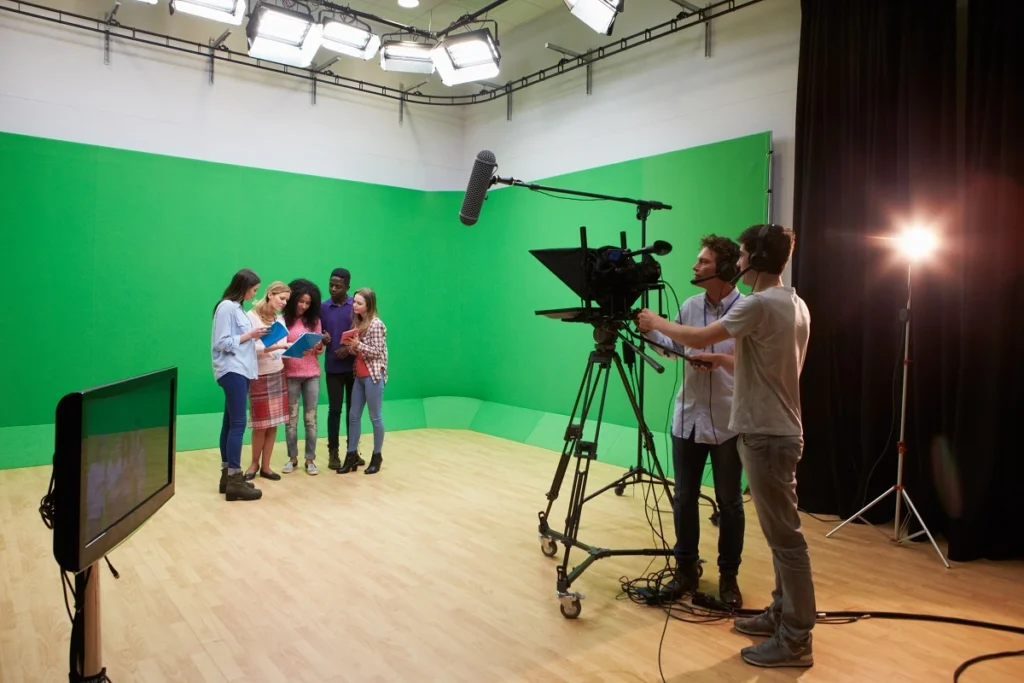When it comes to creating a visually captivating and immersive experience for your audience, the location plays a crucial role. Whether you’re shooting a film, producing a television show, or even organizing a photo shoot, finding the right location can make all the difference. This is where location scouting comes in.
Location scouting is the process of searching for and selecting the ideal setting that aligns with the vision of your production. It involves a careful evaluation of various factors such as aesthetics, accessibility, permits, and budget considerations. In this article, we will explore the art of location scouting and provide you with valuable insights and tips to help you find the perfect location for your next production.
1. Understand Your Production Needs
Before you embark on your location scouting journey, it’s essential to have a clear understanding of your production’s requirements. Ask yourself questions like:
- What era or time period does your story take place in?
- What kind of atmosphere or mood are you trying to create?
- How many scenes will be shot at this location?
- How accessible does the location need to be for your crew and equipment?
2. Research Potential Locations
Once you have a clear idea of what you’re looking for, it’s time to start researching potential locations. Begin by brainstorming and creating a list of possible settings that match your production’s requirements. This can include specific cities, landmarks, or even general types of locations like beaches, forests, or urban areas.
Utilize online resources and platforms dedicated to location scouting, such as Yellowbrick, to discover a wide range of options. These platforms provide detailed information, images, and even virtual tours of potential locations, making your research process more efficient and convenient.
3. Visit Locations in Person
While online research is a great starting point, nothing beats visiting potential locations in person. This allows you to experience the space firsthand and evaluate its suitability for your production. When visiting locations, consider the following aspects:
- Lighting conditions: Observe how natural light interacts with the space at different times of the day.
- Acoustics: Pay attention to any ambient noise or echoes that may affect sound quality.
- Accessibility: Consider the ease of transportation for your crew and equipment.
- Permits and regulations: Familiarize yourself with any permits or restrictions that may apply to the location.
4. Evaluate Logistics and Budget
As you narrow down your options, it’s crucial to evaluate the logistics and budget implications of each location. Consider factors such as:
- Cost: Determine if the location fits within your budget, including any additional fees or permits required.
- Amenities and facilities: Assess the availability of necessary amenities like electricity, restrooms, and parking.
- Accommodation: If your production requires an extended stay, ensure that suitable accommodation options are nearby.
- Crew and equipment: Evaluate the space to ensure it can accommodate your crew and any specialized equipment required for the shoot.
5. Build Relationships with Local Communities
Location scouting often involves working closely with local communities and property owners. Building positive relationships with these stakeholders can greatly enhance your scouting experience. Engage in open communication, respect their property, and be transparent about your intentions and requirements.
Establishing good relationships not only helps you secure the desired location but can also lead to future collaborations and recommendations for other potential locations.
Conclusion
Location scouting is a vital step in the production process that can greatly impact the overall quality and success of your project. By understanding your production needs, conducting thorough research, visiting locations in person, evaluating logistics and budget, and building relationships with local communities, you can find the perfect setting that brings your vision to life.
Remember, location scouting is an art form that requires creativity, resourcefulness, and attention to detail. Embrace the process, trust your instincts, and enjoy the journey of finding the ideal location for your next production.
Key Takeaways:
- Location scouting is crucial for creating a visually captivating and immersive experience for your audience.
- Understand your production needs by considering the era, atmosphere, number of scenes, and accessibility requirements.
- Research potential locations by brainstorming, creating a list, and utilizing online resources like Yellowbrick.
- Visit locations in person to evaluate lighting conditions, acoustics, accessibility, and permits.
- Evaluate logistics and budget implications such as cost, amenities, accommodation, and equipment requirements.
- Build positive relationships with local communities and property owners for a smoother scouting experience.
- Location scouting is an art form that requires creativity, resourcefulness, and attention to detail.
To further enhance your knowledge and skills in the business of entertainment, consider taking the “NYU Business of Entertainment” online course and certificate program by Yellowbrick. This comprehensive program offered by New York University (NYU) provides valuable insights into the entertainment industry, including location scouting, and equips you with the necessary business acumen to succeed in this dynamic field. Expand your expertise and take your career in the entertainment industry to new heights with NYU Business of Entertainment.



